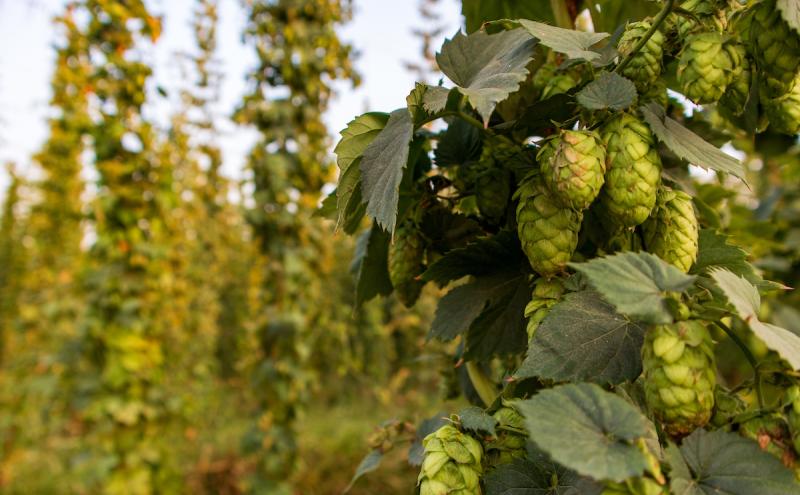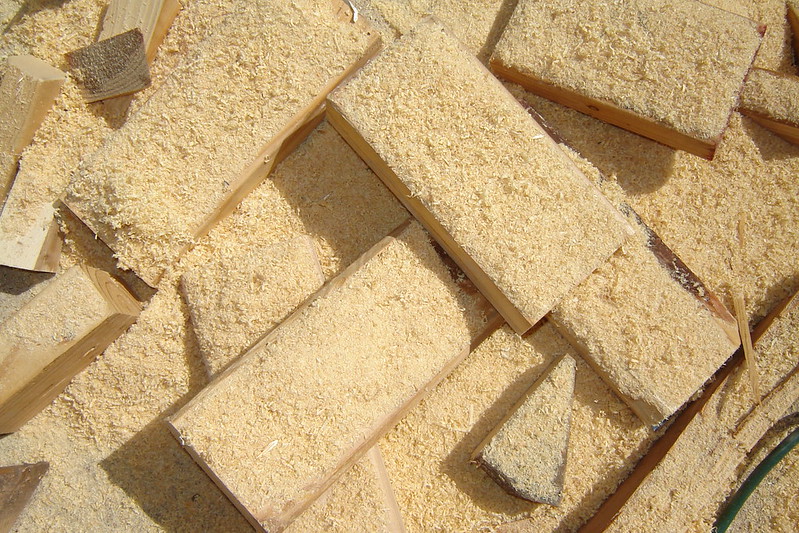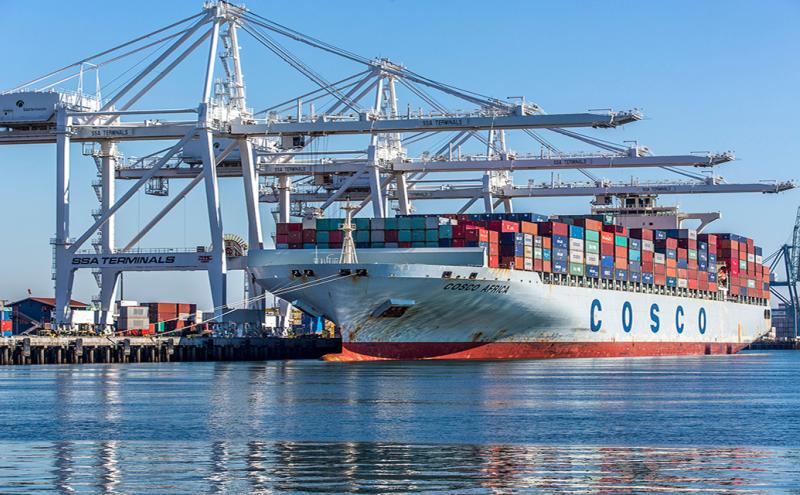
Washington state is home to globally recognized companies like Amazon, Starbucks, Microsoft, and Boeing. The state is also home to 75 ports — comprised of seaports, airports, railways, and port districts — and one of the nation’s major export hubs, with many goods originating in the state. Not surprisingly, it is often said that Washington state is one of the most trade-dependent states in the union with around 40% of jobs in the state tied to international trade.
Washington state ports are a huge part of the story as are the products that are grown, processed, or pass through here. The Port of Seattle recognizes that our state would never be an agricultural leader without the contributions of migrant farmworkers and partners. Meet some of those leaders in the film Trabajo: On Their Shoulders as you learn more about Washington exports.
Washington agriculture
According to statistics from the United States Department of Agriculture, there are around 35,500 farms in the state, 95% of which are family owned. The farms produce 300 different crops.
- Washington state is the Number One U.S. producer of apples (around 33% of the apples are exported each year), blueberries, hops, pears, spearmint oil, and sweet cherries (around 25% of cherries are exported each year)
- The state is the Number Two U.S. producer of apricots, asparagus, grapes, potatoes (some are processed into frozen French fries or potato chips), and all raspberries
- And the Number Three U.S. producer of dried peas, lentils, onions, and peppermint oil
In addition to being the top agricultural crop in the state, apples also make up 20% of total agricultural products by value.
The Top 10 agricultural commodities are apples, milk, potatoes, wheat, cattle, hops, hay, cherries, grapes, and onions. As reflected in the Northwest Seaport Alliance (NWSA) 2020 Annual Trade Report, the goods are exported via NWSA terminals.
By TEUs, Hay and Forage is our number one export commodity, with frozen potato products, apples, dairy products, and legumes also ranking among the top export commodities.
Washington-grown agricultural commodities are enjoyed locally, nationally, and globally. Top international destinations for goods are Canada, Japan, China, South Korea, and the Philippines.
The NWSA is the leading U.S. export gateway for Hay and Forage, Animal Feed, Frozen Potato Products (French Fries), Apples, Legumes (Peas, Beans, and Lentils), Fresh Potatoes, Pears and Quinces, Hops and Hop Extract, and Cherries by TEUs. In addition, the NWSA is the nation’s second largest gateway for containerized refrigerated (reefer) exports.
I grew up in the Columbia Basin, so I want to give that area a special shout out:
- 20% of U.S. potatoes and 2/3 of the state’s potatoes are grown there
- Wheat is the number one crop by acres, making up 1/3 of the state’s crop
- Apples, hay, and onion are other top commodities grown there
The area is also home to food processing plants. Two of my aunts worked at a potato processing plant, and I can remember riding to pick them up when I was a child.
- Agriculture in the Columbia Basin from the Washington State Department of Agriculture
One Fun Fact that I love is that Washington state hay is sought after because it has high nutrient value, with alfalfa being the main type for export.
The NWSA is also the gateway for agricultural exports from other states. Some common pass-through exports are corn, soybeans, and wheat.
Forest products

The forest product segment is the third-largest manufacturing industry in the state. Washington state is the second-largest lumber producer in the U.S. Products range from sawdust and flooring to fencing and window frames.
The wine country

Washington state is the second-largest wine producing state in the U.S. The state has over 1,000 licensed wineries that cover over 60,000 acres. There are over 80 varieties that produce 17M cases of wine. This year, 32 wineries in the state have exported to more than 650 countries. Canada, Sweden, Germany, South Korea, United Kingdom, Japan, Finland, Denmark, Switzerland, and Taiwan are the top ten destinations for our wine, representing over 85% of exports.
Looking for a weekend getaway?
- Consider visiting the wine country (Port of Seattle blog)
- Five Fast Facts about Washington Wine Country (Washington Wine.org)
- Learn about Washington Wine's International Programs (Washington Wine.org)
Other exports from the state
- By dollar value, airplane parts are the state’s top export commodity. The state has more than 1,300 aerospace-related companies. The state ranks number one in aerospace exports, sales, profits, and employment.
- Almost 700 fishing and seafood operations call Washington state home, including harvesting and processing companies.
- Speaking of processing, frozen french fries and fish and seafood are among the top processed commodities from the state.
- And Washington State produces 75% of the U.S.’s hops crop and has the second most craft breweries in the U.S.
Putting it all together
Because our state is dependent upon global trade, we are impacted by geo-political events like the tariffs. Faced with a 25% tariff, dairy products such as milk and whey proteins saw declines as China sourced the products from Europe to avoid tariffs. Tariffs also impacted the export of legumes to India, which is normally a strong market. The apple market was also impacted, but the domestic market is strong. Where there are challenges, there are also opportunities as farmers seek alternative markets. However, by sheer size of populations, the markets for countries like China and India are ripe with potential.
Want to export?
If you are considering getting into the exporting business but are not sure where to start, contact the Washington State Department of Commerce. The department provides support services such as market research, identify financing options, risk mitigation, consulting, and advocacy.
- Get more information on Washington Export Assistance









